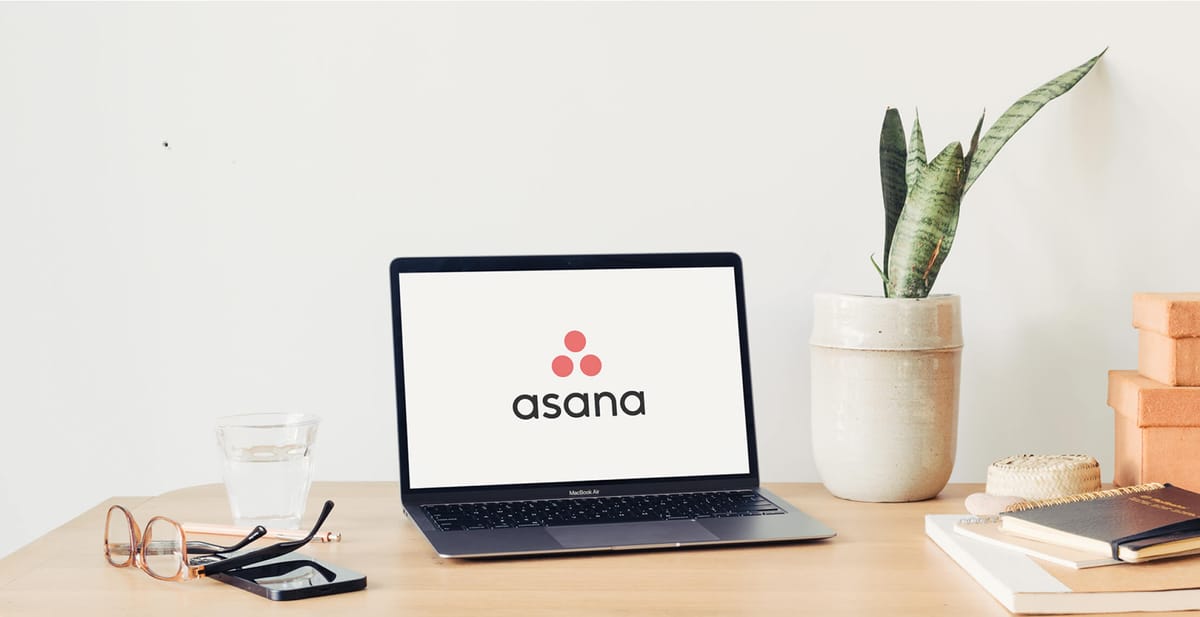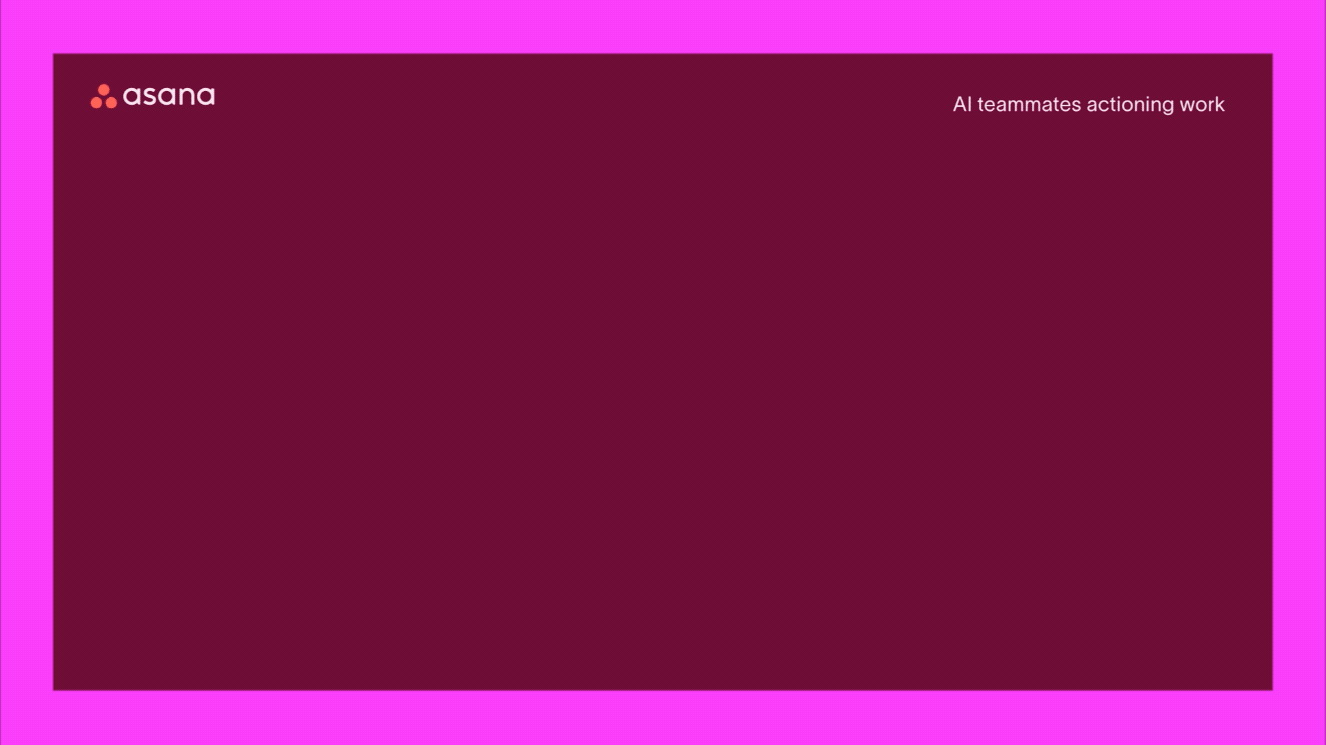
Asana, the popular work management tool, is taking the platform's collaboration and productivity capabilities to the next level with the launch of the new 'AI teammates'. Unlike traditional AI assistants or chatbots, AI teammates are designed to work alongside human employees, proactively contributing to projects and adapting to the unique workflows of each team.

It is built on Asana's proprietary Work Graph data model, and leverages the platform's vast repository of information about work relationships, processes, and objectives to provide context-aware support. This allows them to offer personalized advice, automate repetitive tasks, and even take action on projects, all while keeping humans in the loop for transparency and control.
The introduction of AI teammates comes amidst growing adoption of AI in the workplace. A recent survey conducted by Asana and Anthropic found that 54% of U.S. knowledge workers use generative AI at work at least weekly, with 89% of daily users reporting productivity gains.
Despite the impressive capabilities of AI teammates, Asana emphasizes the importance of keeping humans in the loop. The company recognizes that AI is not infallible and that human oversight is crucial. Asana's AI teammates are designed to work alongside human users, providing assistance and suggestions while keeping humans accountable for decisions and results.
Dustin Moskovitz, co-founder and CEO of Asana, emphasizes the importance of combining human and AI efforts to drive productivity and innovation. "The future of work is about combining humans and AI to work together effortlessly - this is the way to drive productivity and innovation gains that bring value to the bottom line," he says. "We're able to do this better than anyone else because we built Asana on the Work Graph, which provides the necessary structure to link work and workflows to organizational goals."
AI teammates offer a wide range of capabilities, including advising teams on priorities, identifying potential risks to achieving goals, actioning work and workflows at scale, and adapting to individual and team work styles. They can be customized for various roles, processes, and industries, ensuring a tailored experience for each user.
While the full potential of AI teammates is yet to be realized, the early signs are promising. Asana says some customers are already utilizing AI teammates to streamline critical business workflows, such as product launches, strategic planning, new hire onboarding, and creative production. For example, a leading outdoor advertising company is using AI teammates to triage incoming creative requests, gather missing information, assign work based on context, and assist with initial client research, allowing their team to focus on the creative process.
Ultimately, the success of AI teammates will depend on its ability to integrate into various work environments and deliver tangible benefits.

